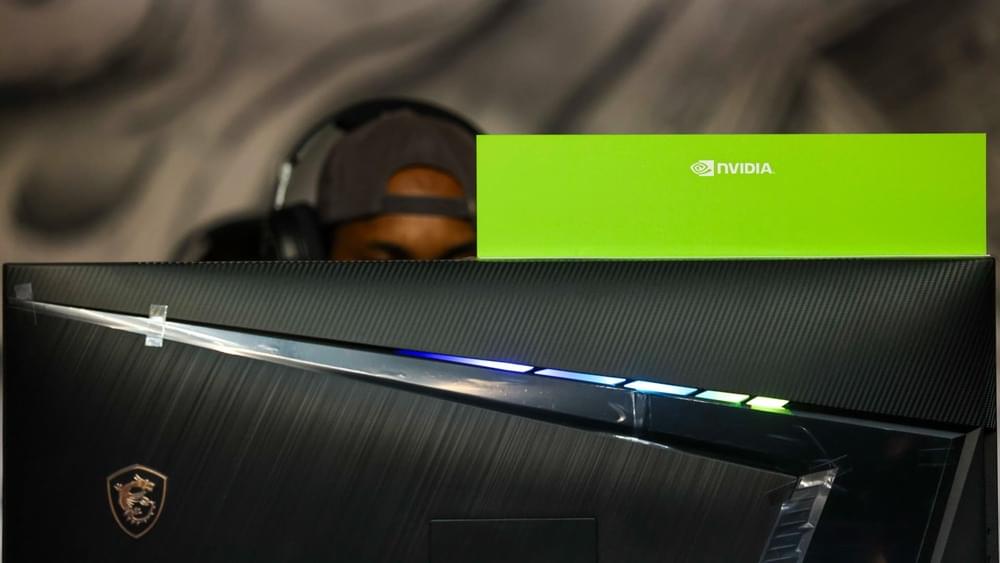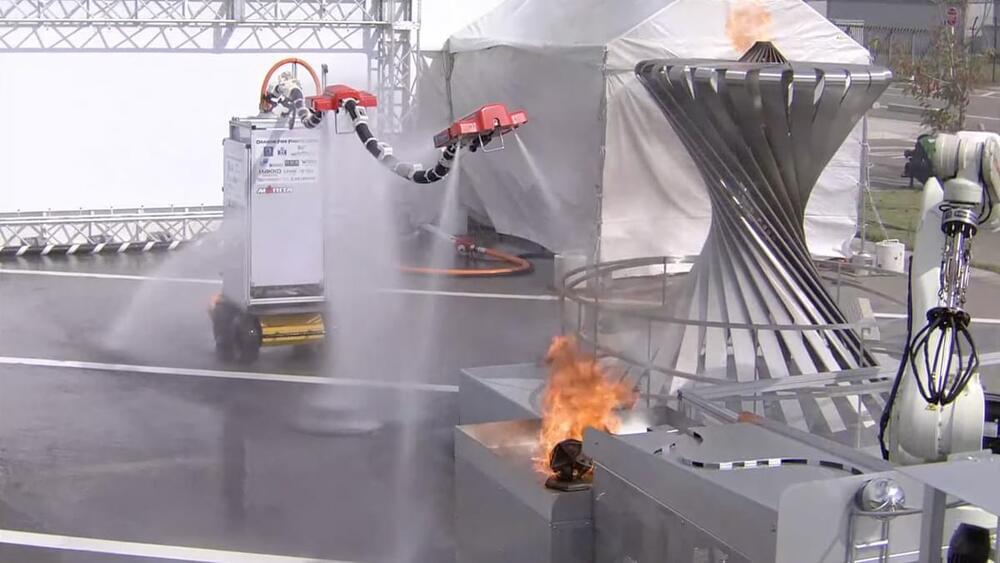Sky News Investigations Reporter Jonathan Lea sits down to talk with a “free-thinking” and “opinionated” artificial intelligence, Ameca Desktop.
“Ameca is driven by the same artificial intelligence behind Chat-GPT,” Mr Lea said.
Sky News Investigations Reporter Jonathan Lea sits down to talk with a “free-thinking” and “opinionated” artificial intelligence, Ameca Desktop.
“Ameca is driven by the same artificial intelligence behind Chat-GPT,” Mr Lea said.
Join us on Patreon! https://www.patreon.com/MichaelLustgartenPhDDiscount Links: NAD+ Quantification: https://www.jinfiniti.com/intracellular-nad-test/Use Cod…

Scientists have established how the activity of our brain during imaginary movement differs from that during real action. It turns out that in both cases, a previous signal occurs in the cerebral cortex, but with an imaginary movement, it does not have a clear link to a specific hemisphere.
The obtained data can potentially be used in medical practice to create neuro trainers and control the restoration of neural networks in post-stroke patients. The results of the study are published in the journal Cerebral Cortex.
Before we pick up a pen or put down a cup, a complete picture of this action is formed in the brain. Such visual–motor transformations ensure the accuracy of our movements. Knowing about these mechanisms helps patients to restore motor activity after strokes. But we don’t always finish the movement we started. In this case, visual information enters the motor areas of the cortex responsible for movement, but the start of the reaction is blocked at some point, and mental effort does not end with real muscle activation.

Primates are among the most intelligent creatures with distinct cognitive abilities. Their brains are relatively large in relation to their body stature and have a complex structure. However, how the brain has developed over the course of evolution and which genes are responsible for the high cognitive abilities is still largely unclear. The better our understanding of the role of genes in brain development, the more likely it will be that we will be able to develop treatments for serious brain diseases.
Researchers are approaching these questions by knocking out or activating individual genes and thus drawing conclusions about their role in brain development. To avoid animal experiments as far as possible, brain organoids are used as an alternative. These three-dimensional cell structures, which are only a few millimeters in size, reflect different stages of brain development and can be genetically modified. However, such modifications are usually very complex, lengthy and costly.
Researchers at the German Primate Center (DPZ)—Leibniz Institute for Primate Research in Göttingen have now succeeded in genetically manipulating brain organoids quickly and effectively. The procedure requires only a few days instead of the usual several months and can be used for organoids of different primate species. The brain organoids thus enable comparative studies of the function of genes at early stages of brain development in primates and help to better understand neurological diseases.
Full Video of the NeuroTechnolgy Center at Columbia University’s Optogenetics 2020 WebinarQ&A Transcript: tinyurl.com/yajfeozsTable of Contents:00:00:00 — In…



Scenes of a movie based on a story written by George Lucas.
Peter Gabriel song “I Have The Touch” and the video is from the movie THX-1138. This was edited back in 1990.

Deep-pocketed investors have adopted a bearish approach towards CRISPR Therapeutics CRSP, and it’s something market players shouldn’t ignore. Our tracking of public options records at Benzinga unveiled this significant move today. The identity of these investors remains unknown, but such a substantial move in CRSP usually suggests something big is about to happen.
We gleaned this information from our observations today when Benzinga’s options scanner highlighted 11 extraordinary options activities for CRISPR Therapeutics. This level of activity is out of the ordinary.
The general mood among these heavyweight investors is divided, with 45% leaning bullish and 54% bearish. Among these notable options, 2 are puts, totaling $98,000, and 9 are calls, amounting to $744,659.